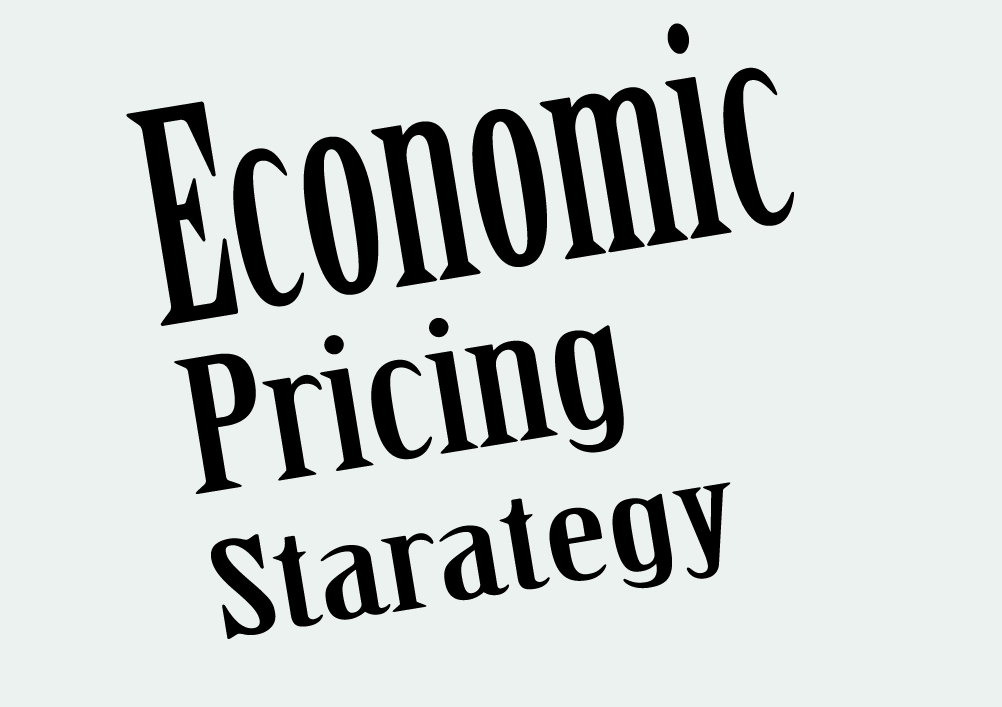What Is Economy Pricing Strategy?
Economy pricing strategy is one of the four pricing strategies that a company might choose depending on its needs, goals, and objectives. The concept of economy pricing is based on ‘economies of scale.’ A business is said to have achieved economies of scale when it is producing large quantities of goods at a low per-unit price and making a profit. Like this, economy pricing, also known as volume-based pricing, is assigning a low price to goods to be sold in bulk.
Here, it might seem that lowering the prices would lead to decreased profits, but that is not the case. Even though the per-unit profit margin is kept minimum, it gets compensated as mass sales are made. To visualize economy pricing, think of everyday grocery items like bread and eggs, detergents and cleaners, grains and pulses, etc. which everyone buys in stocks every once or twice a month.
The economy pricing strategy is successful under certain conditions:
- Promotion Expense: The company should be a manufacturer of supermarket commodity goods or retail products which require little to no advertising expense.
- Production Expense: The production cost of such goods should be lower than competitors in the same industry.
- Growing Customer Base: To achieve maximum sales, the company should ensure a growing customer base.
- Economic Conditions: This strategy is most beneficial in times of economic crises like recession and depression when inflation is on the surge, and income levels are low due to which customer buying patterns shift from expensive, high quality, and branded to cheap and non-branded regardless of quality.
- Economies of Scale: This strategy best suits established companies that have achieved economies of scale.
Advantages and Disadvantages of Economy Pricing Strategy
Economy pricing brings some benefits and losses for the companies that implement it:
Advantages
- Competitive Advantage: Large-scale selling at lower costs brings profit to the business through competitive advantage.
- Market Share: As no extra promotion or production expenditure is incurred, entry into new markets becomes easy. Ultimately, market share and customer base increase.
- Brand Awareness: Selling to new customers creates brand awareness as well.
Disadvantage
- Small Enterprises: Economic pricing is not suitable for small enterprises as they have limited market share. They need higher profit margins for business growth, making it impossible to achieve economies of scale in the presence of established competitors.
- Target Market and Customer Loyalty: The strategy is only attractive to a particular market segment that prefers price over quality for specific types of goods. Such buyers would easily shift to cheaper alternatives hence customer loyalty cannot be expected.
- Product Quality: There are chances of product quality being compromised as the low production cost is a key condition for economy pricing. This can negatively impact sales. Also, the customers might become dubious of product quality because of the low price assigned to it and the lack of related advertisements.
- Risky: Economy pricing strategy comes with risks and conditions making it highly sensitive to changing market demands, customer preferences, existing and emerging competitors, and economic conditions.
Also read, throughput accounting.
Example
Store Brands in the Retail Industry
Most companies in the retail sector launch these products under their own company name and sell through economy pricing. Despite the availability of alternatives of reputable brand names, the target buyers would still get attracted to retail company’s products because of their low price.
For example, Walmart, the famous global retailer, has launched its own line of economical clothing products under four brand names i.e. George, Terra & Sky, Time and Tru, and Wonder Nation. Walmart launches numerous other brand names. These include “Sam’s Choice”, “Great Value”, “Equate” etc.
OTC Drugs in Pharmaceutical Industry
Economy pricing strategy is frequently instigated for the over-the-counter (OTC) drugs in the pharmaceutical industry. These include painkillers like Paracetamol and Ibuprofen, Anti-histamines, cough suppressants, etc. which are frequently bought to treat general illnesses like cough, flu, fever, pain, etc.
Economy Class in Airline and Railway Industry
Airlines and railways usually have three different classes of tickets; First Class, Business Class, and Economy Class. The First Class and Business Class are extensively promoted for providing a luxury travel experience at a premium price that few can afford. While Economic Class provides an average travel experience at an affordable price, it is the choice of the highest number of passengers without any need for advertisement.
Conclusion for economy pricing startegy
Companies across varying sectors are using different pricing strategies. Each strategy has its pros and cons. The choice of economy pricing strategy is made considering factors like firm size, market share, target market, nature of the product, and external market conditions.
